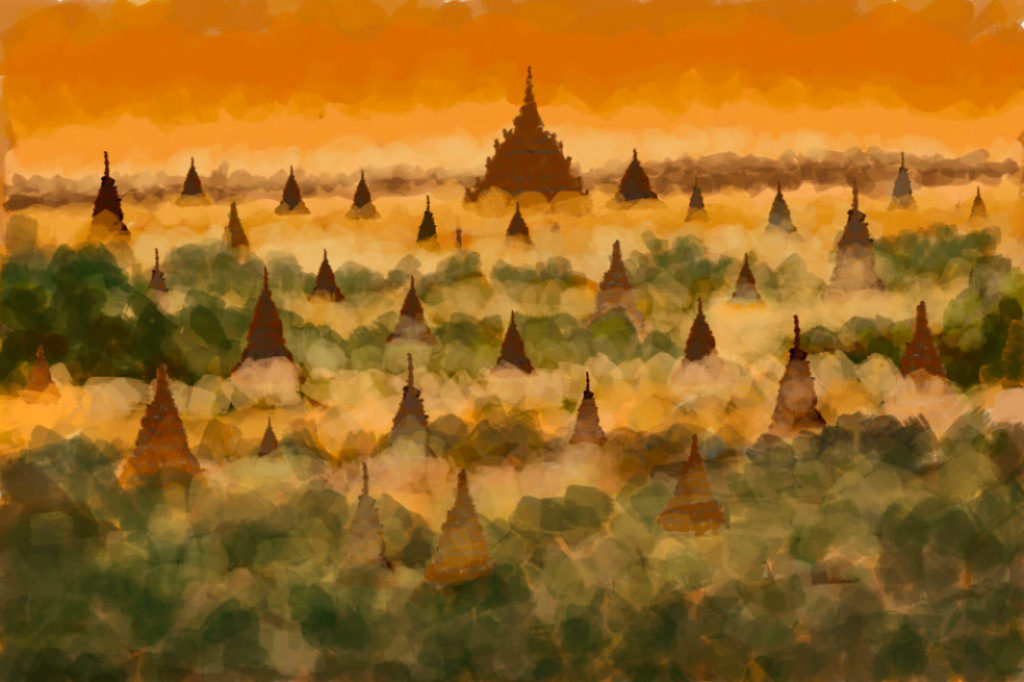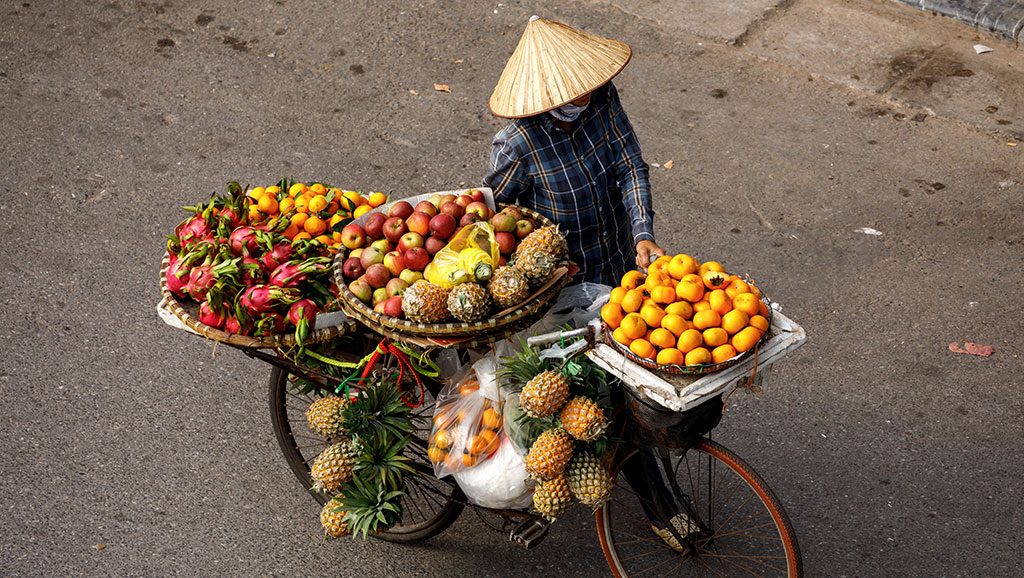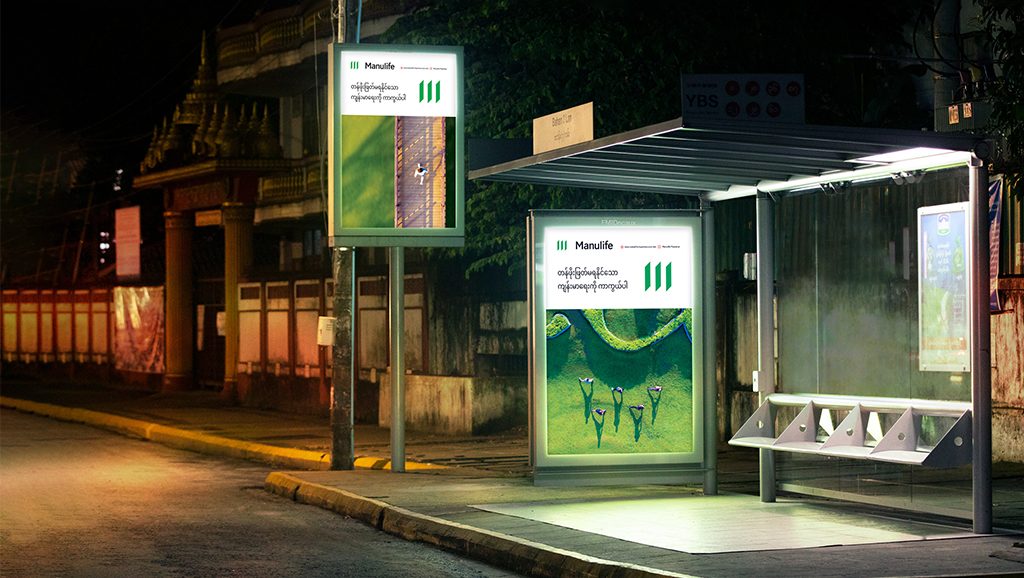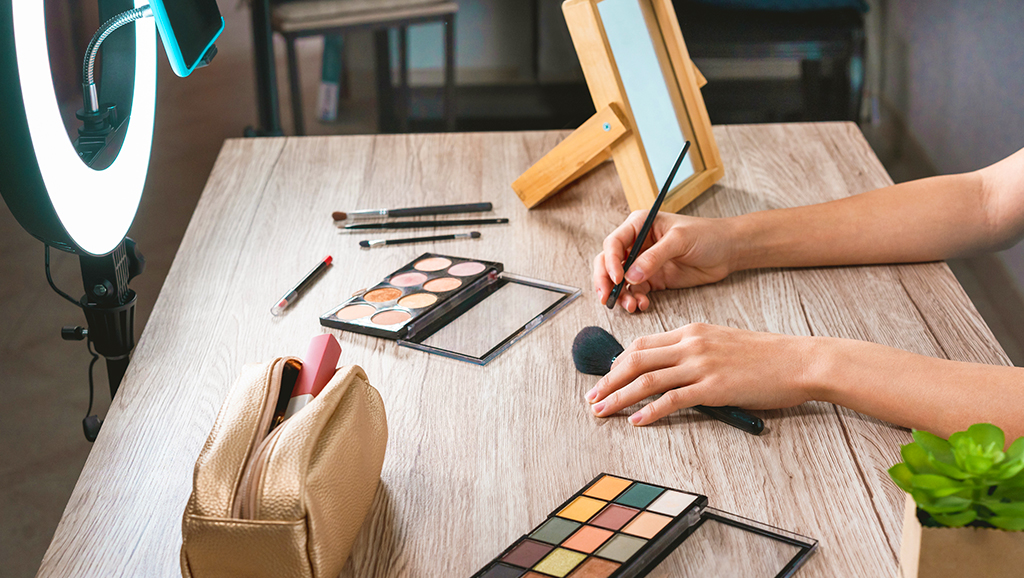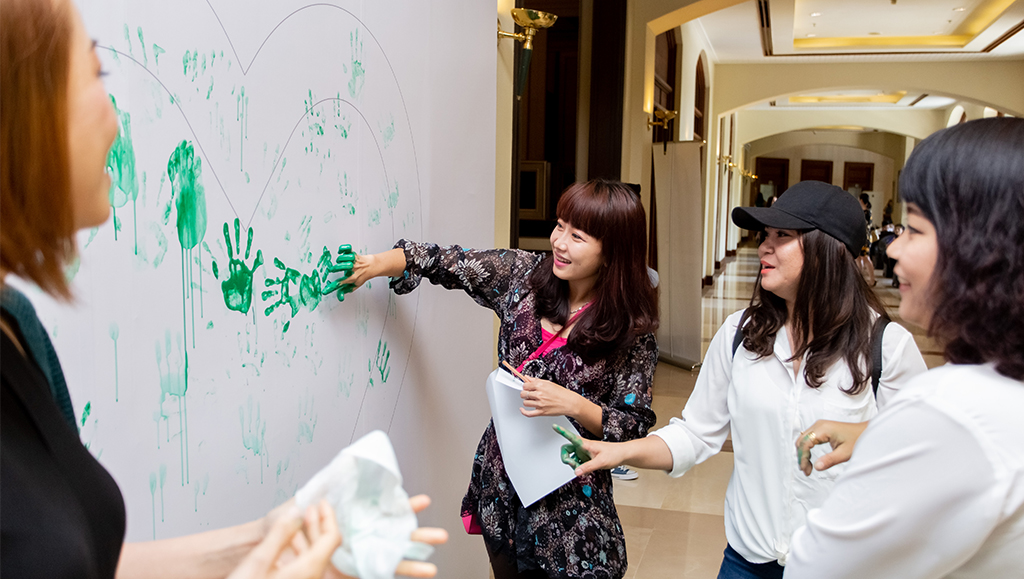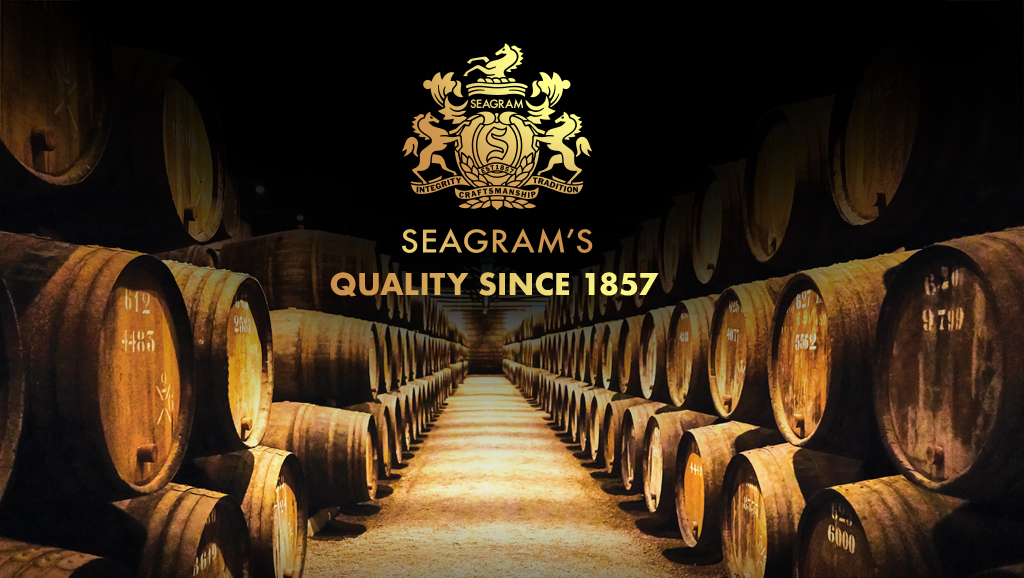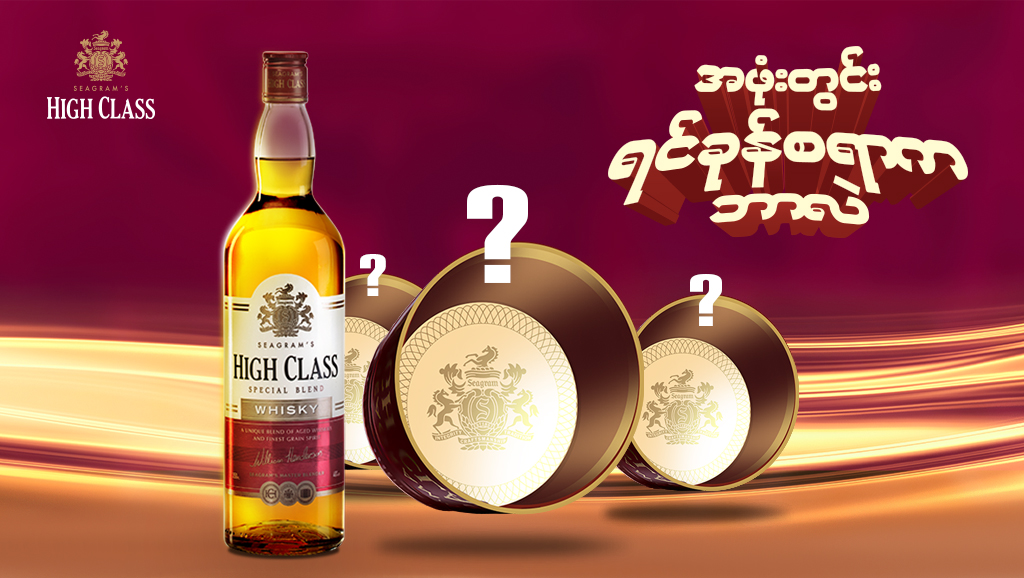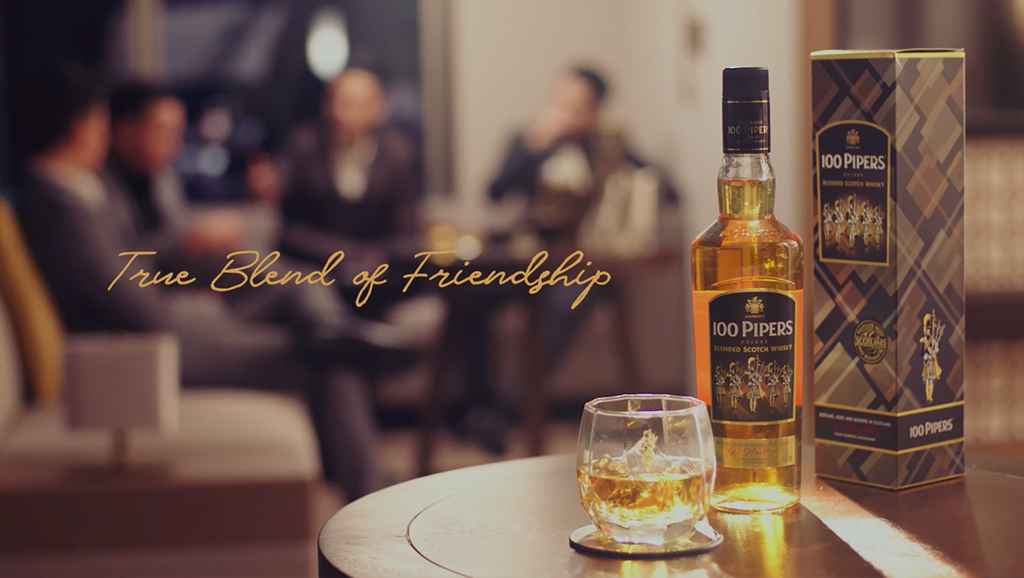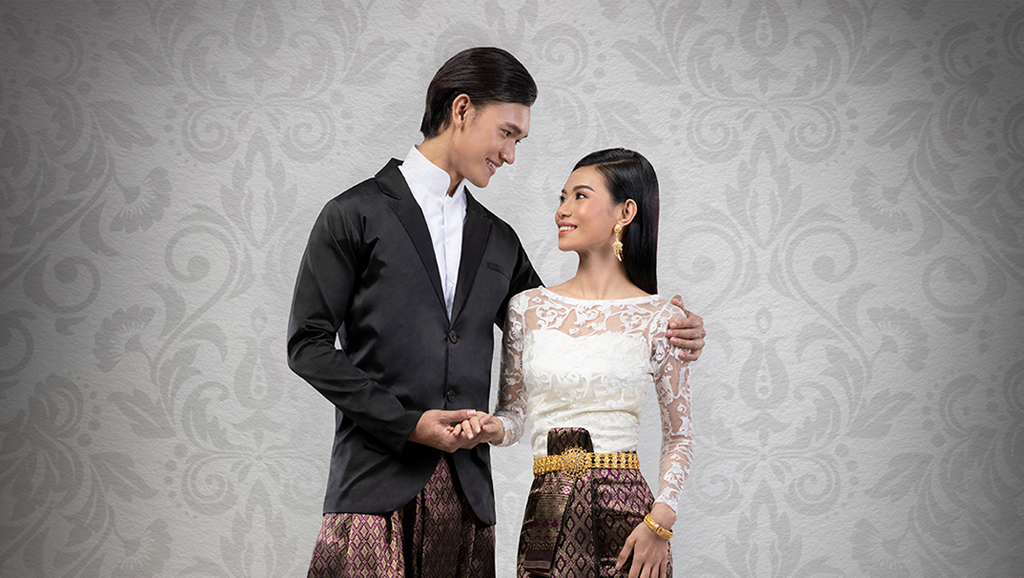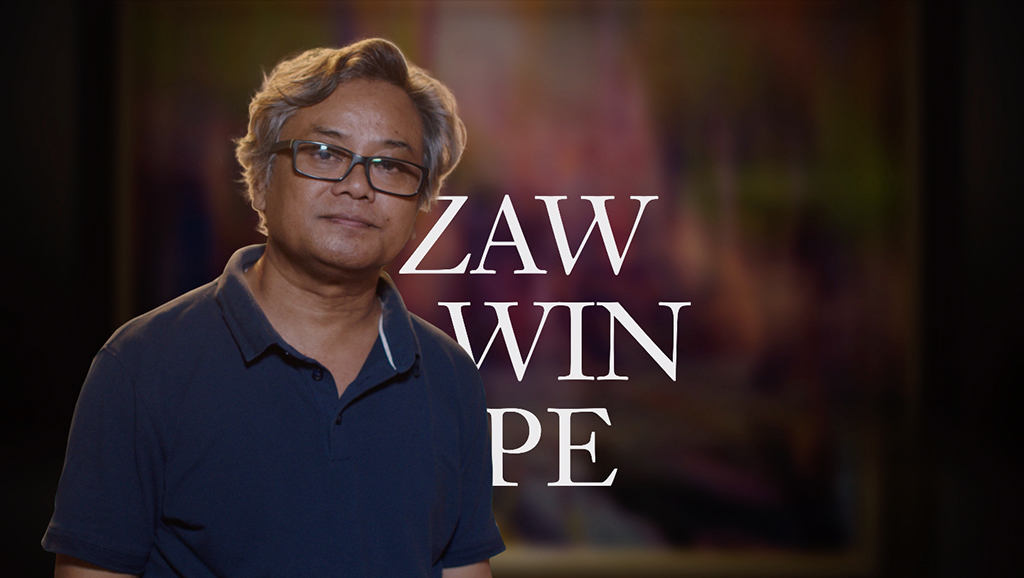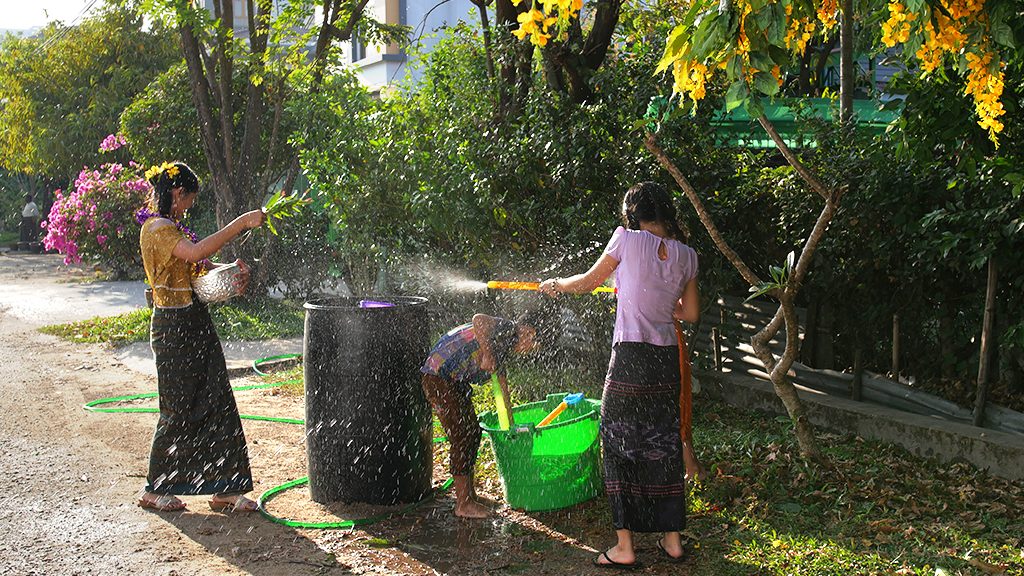
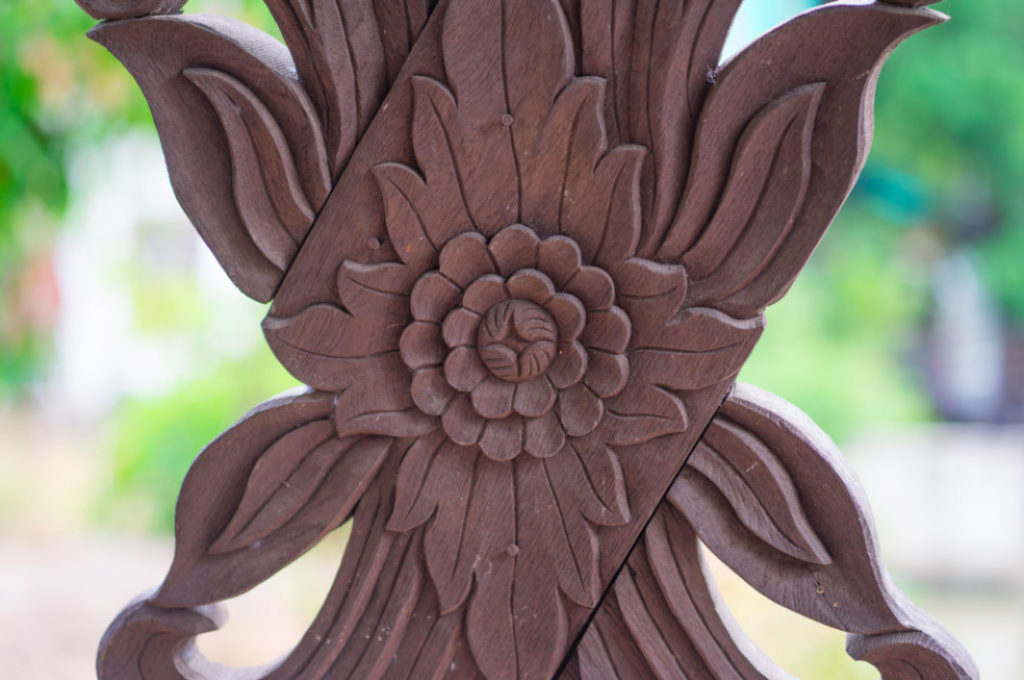
At MVA we are lucky to work in a country rich in arts and culture. Shimmering gold pagodas line the horizon. Ornate wooden sculptures decorate temple walls. Art in Myanmar draws its inspiration from nature, mythology, and the divine. Here in Myanmar, the 10 most well-known types of traditional art are known as the Pan Se Myo, or, The Ten Flowers of Art. Check out our list below to familiarize yourself with what aesthetically sets our country apart from the rest of the world. (And why we love working here).
THE FIRST FLOWER – PANCHI
Panchi is the traditional painting style of Myanmar. Known to have been developed in the region of Bagan, Panchi depicts scenes of people, animals, objects, and scenery in rich, vibrant colors. Early paintings depicted religious stories and mythology. During the 17th century, Western influences of perspective and tone also began to emerge. Panchi continues to evolve as new artists push the medium into the abstract and avant-garde.
THE SECOND FLOWER – PANTIN
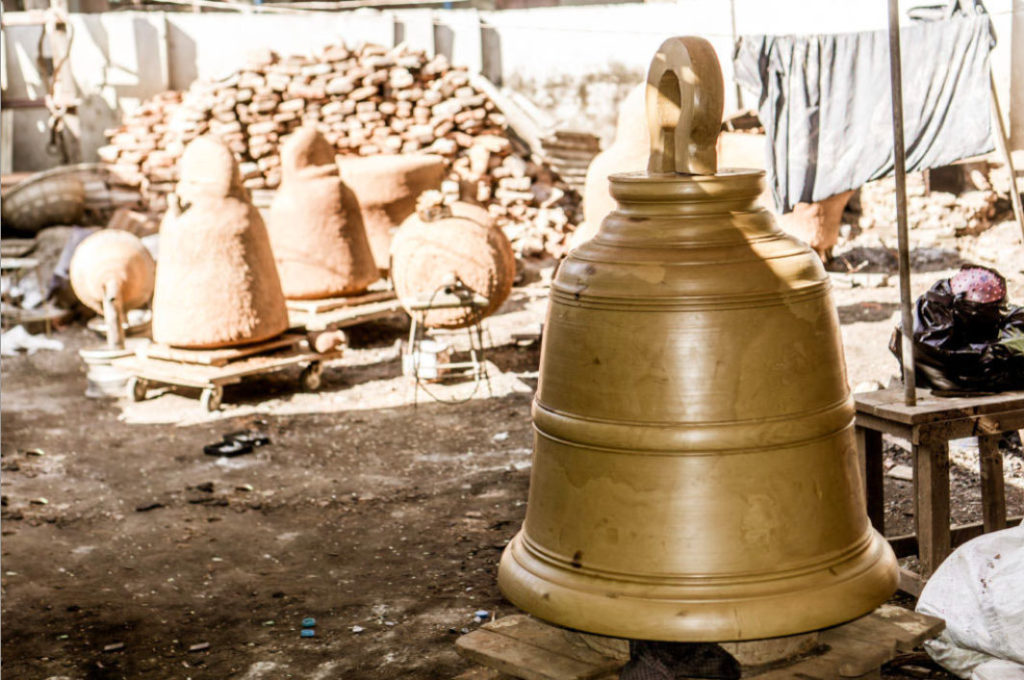
The art of bronze casting, or Pantin, has been a tradition of Myanmar for hundreds of years. This is accomplished by using a lost-wax method. The original sculpture is crafted from clay and given a meticulous wax coating and then enclosed in a clay outer-mold. The artist then places the cast upside down and melts out the wax. Finally, molten bronze is used to fill in the gap and create the final image. Bronze casting is used to manufacture a variety of objects like the ornate statues seen in pagodas, bells and cooking utensils.
THE THIRD FLOWER – PUNPU
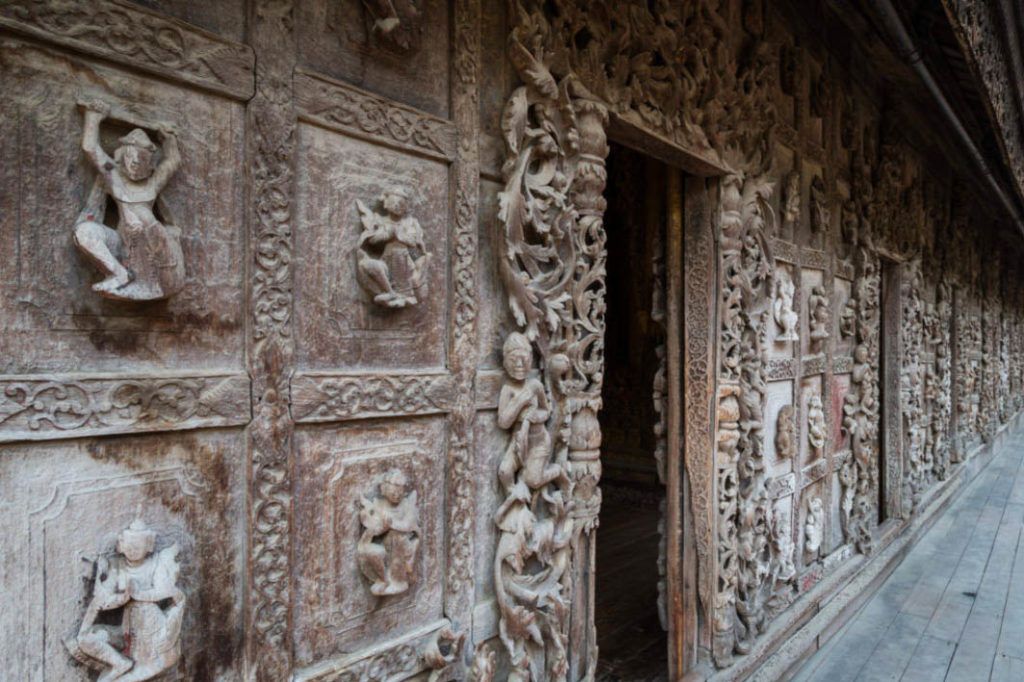
In ancient Myanmar, palaces and temples were meticulously decorated with ornate wooden carvings. These days, it’s hard to find any of the older carvings that haven’t been completely eaten away by insects, fire, and decay. Thankfully, the art of Punpu is still alive today. Carved from a durable teak wood, Myanmar’s wood carving industry has grown from being found exclusively in temples to being sold in shopping centers and art galleries across the country.
THE FOURTH FLOWER – PANYUN
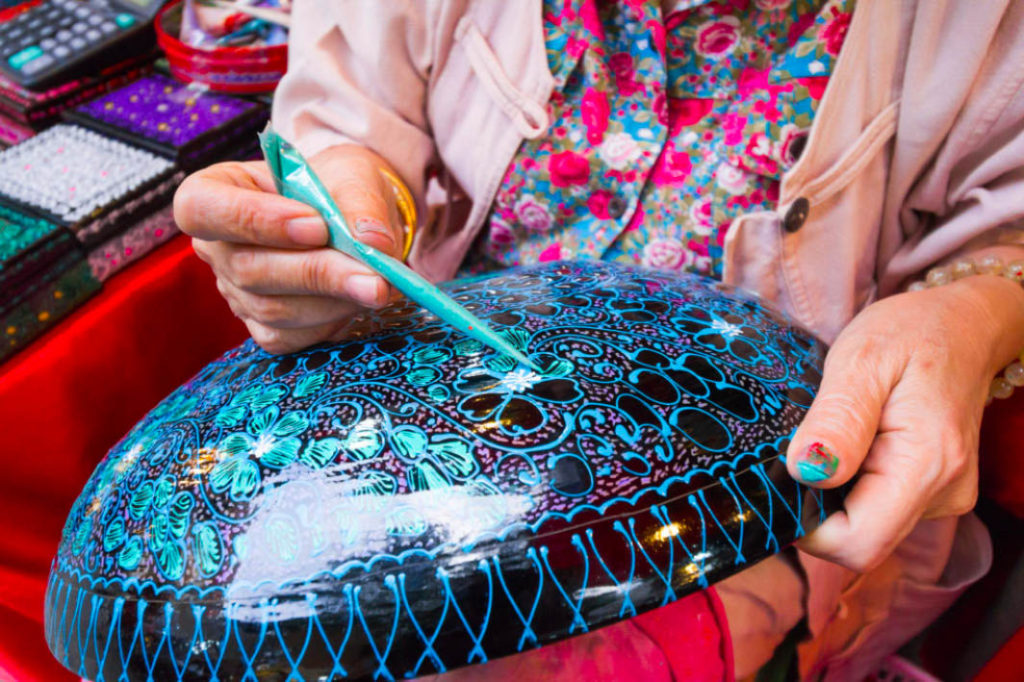
Panyun is the art of making materials such as alms bowls, vessels, and cigar boxes using wood, bamboo, and lacquer. Myanmar’s tradition of lacquerware originated in the Bagan period during the 11th century. The process of creating Panyun involves the progressive placement of resin and clay over woven bamboo frameworks. Designs are then etched into the object and filled in with green pigment or adorned with gold leaf.
THE FIFTH FLOWER – PANBE
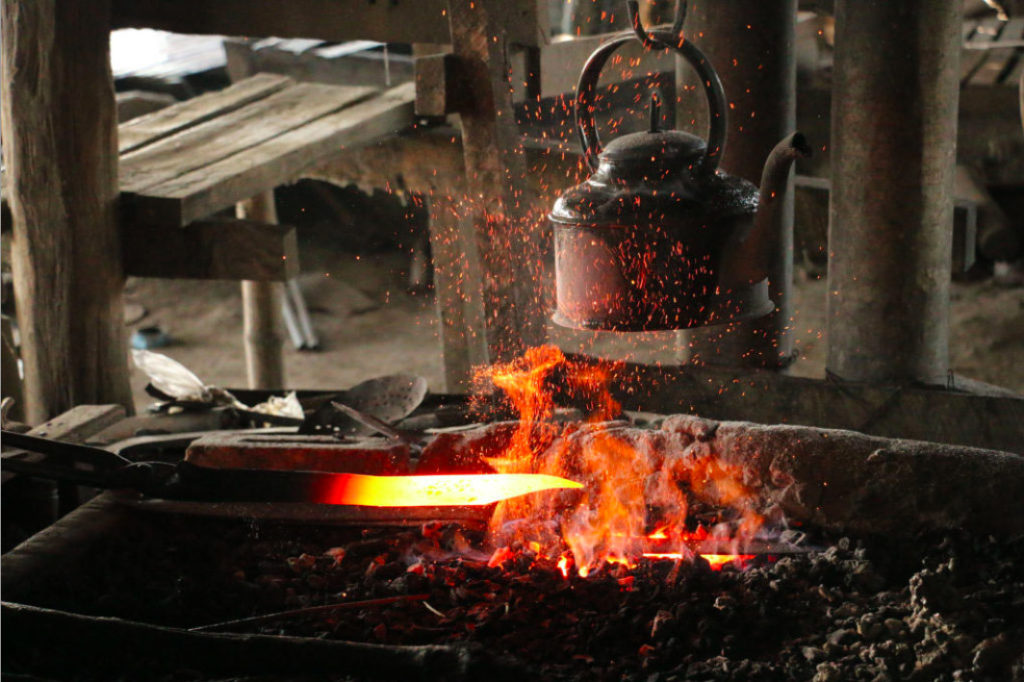
Since the Bagan period, the tempering of iron or steel in furnaces has played an integral role in the production of goods and tools. Referred to locally as Panbe, blacksmiths mold iron ox cart axles, weapons, armor, pickaxes, nails and other useful products. Blacksmiths used a special set of tools to bend, hammer and cut their materials into highly sought after equipment for wood crafters, soldiers, and farmers.
THE SIXTH FLOWER – PANTAMAULT
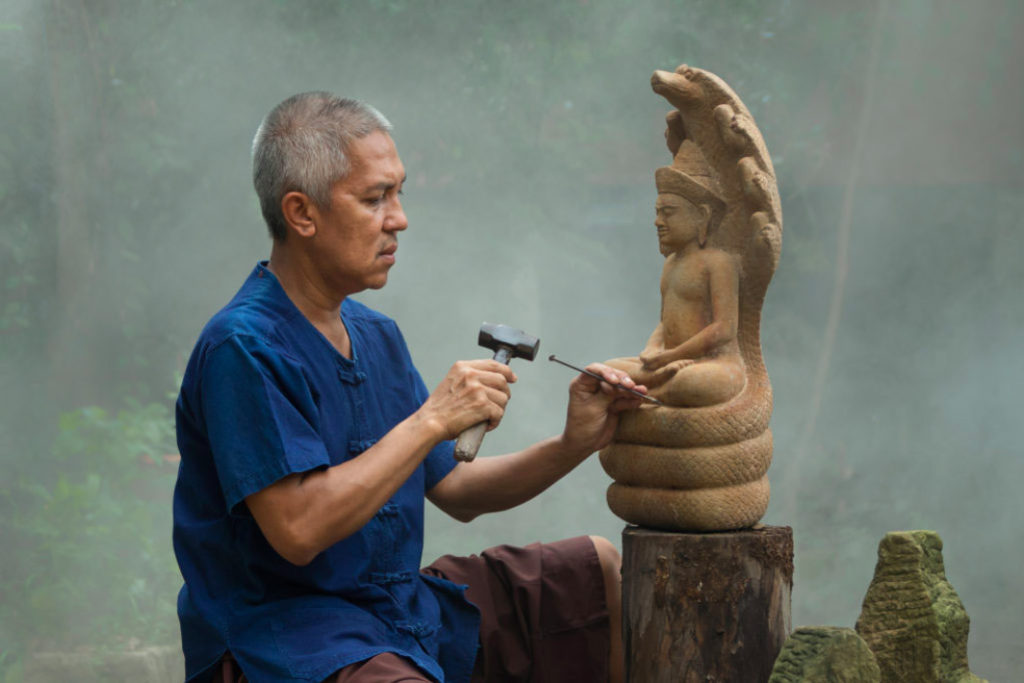
Pantamault is the art of stone carving and is still practiced today. Statues, animals, flag poles, and pillars are among the many sculptures created by these skilled artisans. It is said that an auspicious day should be chosen to begin work on their creations. After blessing the stone with holy water, the master sculptor and their skilled apprentices must peel away at the marble until the slab of rock has been given its divine shape.
THE SEVENTH FLOWER – PANPOOT

Since the 8th century, Myanmar has practiced the art of Panpoot, or woodturning. Using a turning lathe, artisans have crafted fine wooden products such as boxes, bowls, tables and chairs with intricate designs and shapes. This art is said to have been influenced by South Indian culture during the Bagan period.
THE EIGHTH FLOWER – PANTAUT
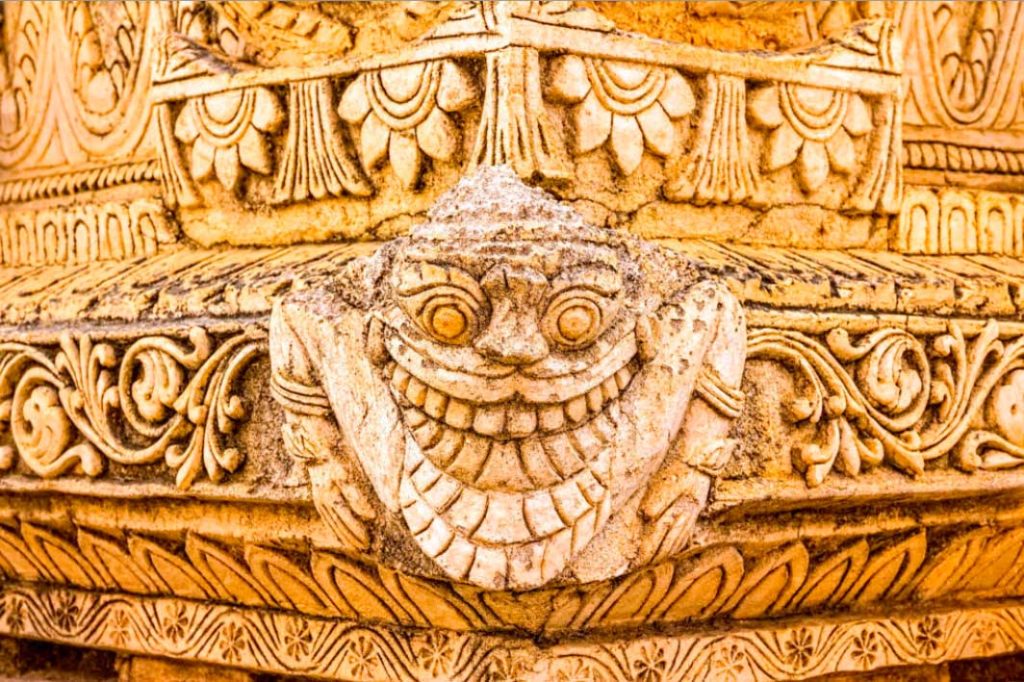
Pantuat is the craft of creating decorative floral patterns, lions, and dragons out of stucco. The practice began before the Bagan period and continued to improve over time. Pantaut designs adorn the walls of temples and palaces. The decorations are highly detailed and are a point of pride in Myanmar architecture.
THE NINTH FLOWER – PANTAIN
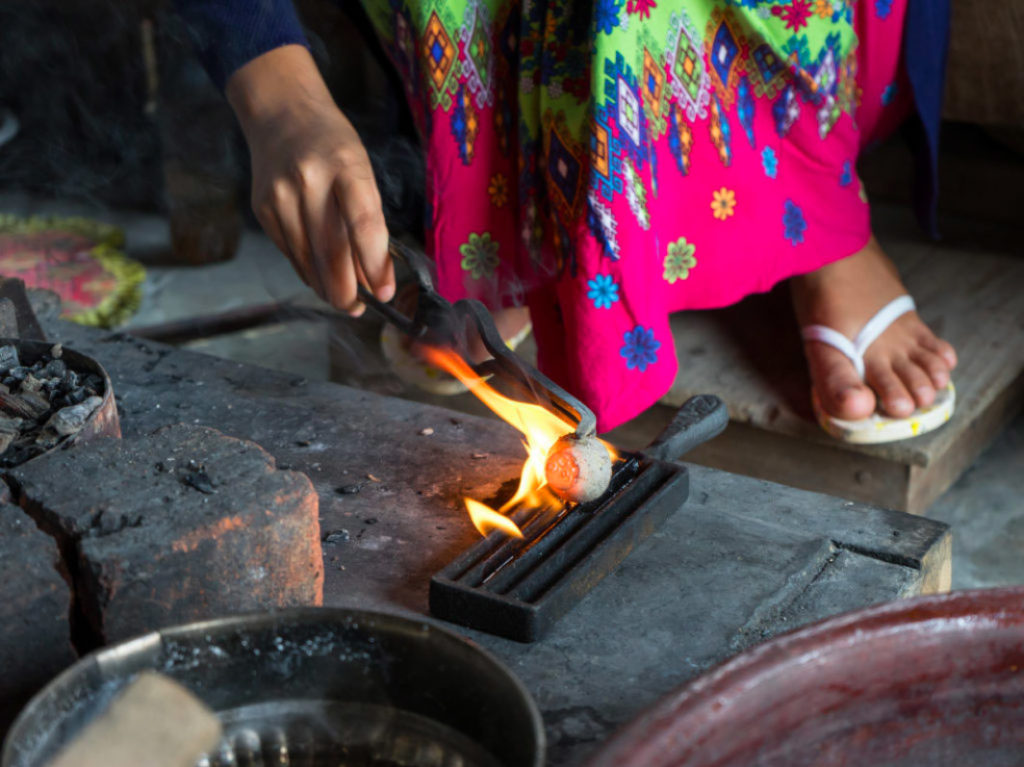
In Myanmar, the art of gold and silversmithing is called Pantain. Traditionally, silver was used in the production of precious drinking bowls, cups and shields while gold was more often used for earrings and other jewelry. The artists who work with these materials must be quite skilled as the metals must undergo several stages of work including soldering, casting, filing and forging.
THE TENTH FLOWER – PANYAN
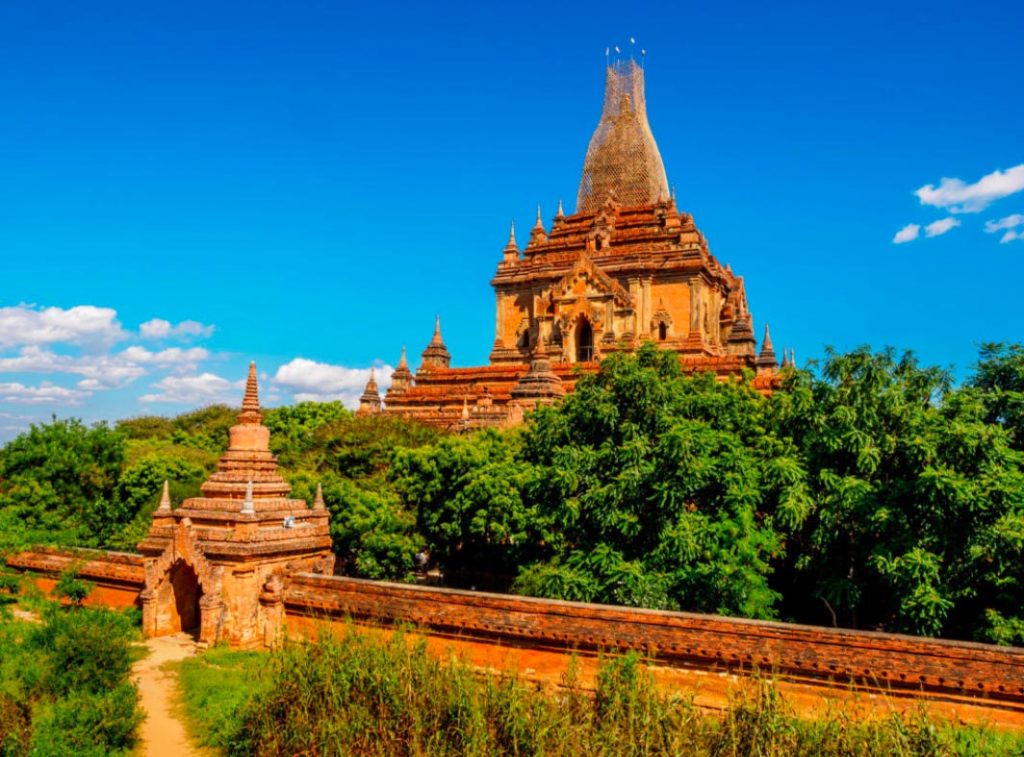
Panyan is the art of constructing buildings with brick, stone, and cement. Using ancient techniques and tools, Myanmar masons have erected stunning monuments, stupas, and pagodas. People around the world still marvel at their wonder to this day. Of all the ten flowers of traditional Myanmar art, Panyan is the grandest, standing tall amidst Myanmar’s colorful landscape.

